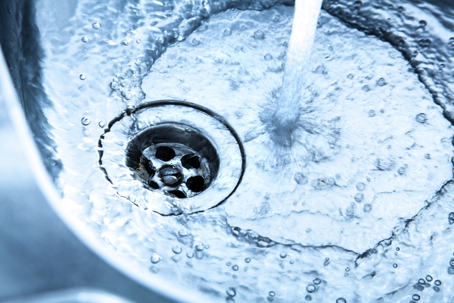Clogged drains are a common household issue that can be frustrating and inconvenient. While many people reach for harsh chemical solutions to clear blockages, these products can be harmful to pipes, the environment, and their health.
Fortunately, several effective methods exist to unclog a drain without resorting to harsh chemicals. Here are some eco-friendly and safe alternatives to help you keep your drains flowing freely.
1. Boiling Water
One of the simplest and most effective methods for unclogging a drain is using boiling water. This method works best for minor clogs caused by grease, soap, or small food particles.
Steps:
- Bring a kettle or pot of water to a boil.
- Carefully pour the boiling water directly into the drain.
- Wait a few minutes and then run hot tap water to see if the clog has cleared.
- Repeat the process if necessary.
Boiling water can dissolve and flush away the substances causing the blockage, making it a great first step in unclogging your drain.
2. Baking Soda and Vinegar
A mixture of baking soda and vinegar is a classic natural remedy for unclogging drains. The chemical reaction between the two ingredients can help break down the clog.
Steps:
- Pour 1/2 cup of baking soda down the clogged drain.
- Follow with 1/2 cup of white vinegar.
- Let the mixture sit for 15-30 minutes. You'll notice fizzing and bubbling as the reaction occurs.
- Flush the drain with boiling water to clear out the broken-down clog.
This method is effective for most types of clogs and is safe for all types of pipes.
3. Plunger
Using a plunger is a manual yet effective way to unclog a drain without chemicals. It's particularly useful for sinks and bathtubs.
Steps:
- Fill the sink or tub with enough water to cover the plunger's suction cup.
- Place the plunger over the drain and ensure a good seal.
- Push and pull the plunger vigorously for about 20-30 seconds.
- Remove the plunger and check if the water drains. Repeat if necessary.
The suction created by the plunger can dislodge clogs and allow water to flow freely.
4. Drain Snake or Auger
A drain snake, also known as a plumber's auger, is a tool specifically designed to clear clogs deep within the drain.
Steps:
- Insert the snake into the drain until you feel resistance.
- Turn the handle clockwise to break up the clog or hook onto the debris.
- Pull the snake out, bringing the clog with it.
- Run hot water to flush the drain.
Drain snakes are particularly effective for more stubborn clogs that are located further down the pipe.
5. Dish Soap and Hot Water
For clogs caused by grease, dish soap, and hot water can be an effective combination.
Steps:
- Squirt a generous amount of dish soap into the drain.
- Follow with a pot of hot (but not boiling) water.
- Allow the mixture to sit for a few minutes, then run hot tap water.
The dish soap helps to dissolve the grease, while the hot water flushes it away.
6. Wet/Dry Vacuum
A wet/dry vacuum can be a powerful tool for unclogging drains.
Steps:
- Set the vacuum to the liquid setting.
- Create a tight seal over the drain using the vacuum hose and an old plunger head or a similar object.
- Turn the vacuum on to suck out the clog.
This method can be particularly effective for larger blockages.
Embrace Eco-Friendly Solutions for Clear Drains and a Healthier Home
Clogged drains don't always require harsh chemicals for resolution. Using these natural and manual methods, you can effectively unclog your drains while protecting your pipes and the environment. Incorporating these eco-friendly practices will keep your plumbing in good working order and contribute to a healthier planet.
If you need more complex solutions, reach out to McGill Plumbing & Water Treatment, Inc. today at (727) 382-3849 to learn more.

